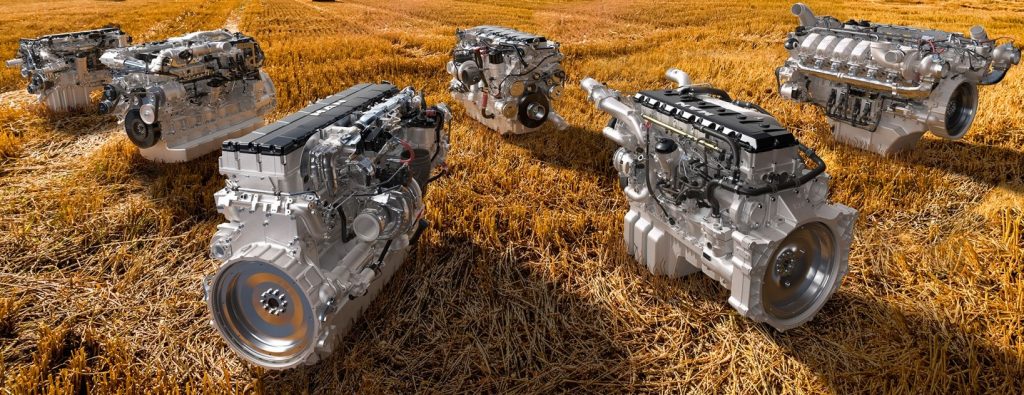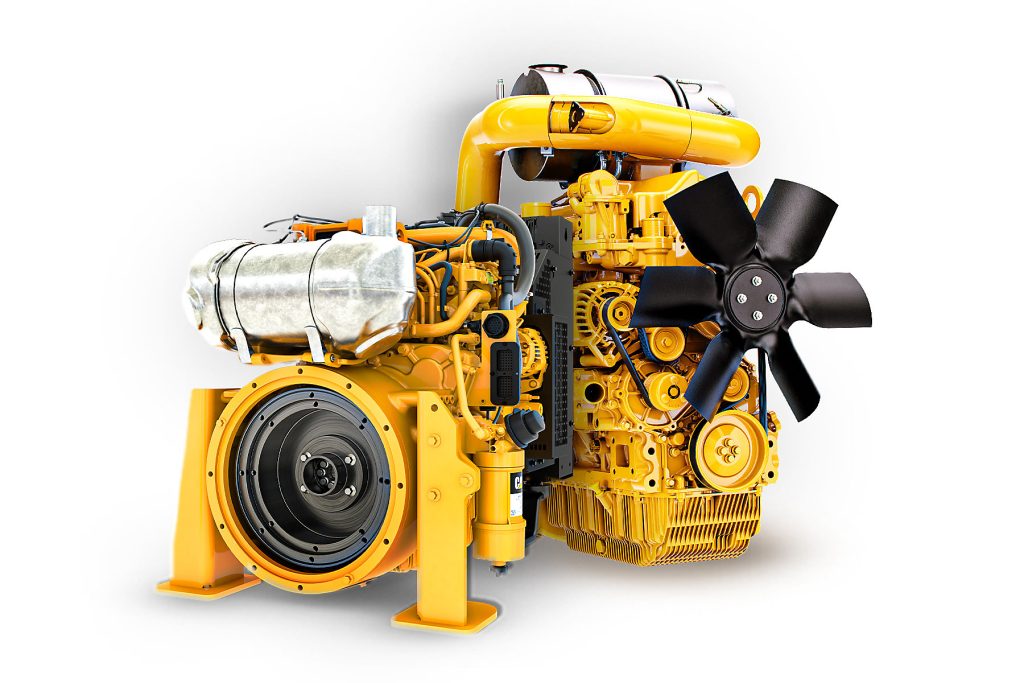Diesel engines have a bad reputation for smoking. Over-the-road trucks have been running Diesel engines for decades and the smoke, especially from earlier exhaust pipes, are a distinguishing characteristic. With the massive shift to electric power units for everything with wheels, from bicycles to buses, those smokers are directly in the crosshairs of the environmentalists.
Major engine manufacturers, both independent and OEM (original-equipment manufacturer), are seeking ways to minimize the pollution from all engines, especially those that run continuously or for long periods of time unattended. For example, MAN Engines reports all off-road engines from the current product portfolio can be operated with regenerative diesel—also known as HVO (hydrogenated vegetable oil)—in accordance with the EN15940 standard in Europe or the U.S. specification ASTM D975.

While operating on HVO may not significantly reduce the amount of CO2 exiting the tailpipe, it can reduce lifecycle CO2 emissions. Lifecycle emissions are reduced because the source of the carbon is biogenic, meaning carbon emitted from burning the fuel today consists partly of carbon previously captured from the atmosphere by the fuel’s plant source.
There are many variables that go into quantifying lifecycle CO2 reductions in HVO, but it is typically in the range of 45-85% lower CO2 than diesel based on the GREET model developed by the U.S. Dept. of Energy.
In addition, due to its similar chemical composition to fossil diesel, the use of HVO does not require any modification to existing vehicles or refueling station infrastructure. This can be refueled pure—100% as HVO100—or with an admixture at any mixing ratio of conventional diesel fuel.
In addition to the use of regenerative fuel/HVO, MAN off-road engines are also approved for R33 fuel, which contains 33% of regenerative components. Of these, 26% are HVO and 7% are RME (rapeseed methyl ester). The remaining 67% is made up of high-quality diesel fuel in accordance with DIN EN590. The approval applies to all off-road engines for the current EU Stage V and EPA Tier 4 emission standards and below. Customers can use it to replace—or mix—conventional diesel fuel and use MAN engines with so-called green or renewable diesel. This is obtained on the basis of waste and residues of animal and plant origin, or cellulosic biomass materials such as crop residues, among others.
The current and former off-road engine series MAN D2862, D2842, D2868, D4276, D3876, D2676, D2876, D2866, D1556 LE, D0836, and D0834 have been specifically approved for use with regenerative diesel, the complete power range of MAN off-road engines from 160 to 1,110 hp (118 to 816 kW). They are operated in accordance with the emission guidelines of the U.S. Environmental Protection Agency or the European Union.
From MAN to CAT
Caterpillar has also announced the introduction of two new high-efficiency IPUs (industrial diesel power units) that enable manufacturers to minimize engineering and assembly costs for construction, material-handling, and other off-highway applications in the 74 to 134 horsepower power range while meeting the emissions standards of higher regulated markets.
Now available from CAT dealers in North America, Cat C2.8 and Cat 3.6 IPUs are equipped with factory-installed ECM sensors, radiators, cooling packs, filtration, control systems, and aftertreatment hardware. These new IPUs meet the emissions standards of EU Stage V and U.S. EPA Tier 4 Final. With the addition of these power solutions, Caterpillar currently offers IPUs from 48 to 950 horsepower addressing the emissions standards of higher regulated markets.
Cat IPUs allows customers to use renewable liquid fuels such as 100% HVO and are equipped with Cat Digital Services, an integrated suite of software and hardware solutions supplying the insight equipment owners need to make decisions on the fly, secure the health of their equipment, and minimize nonproductive time.

The flexible designs of the new Cat C2.8 and Cat 3.6 IPUs offer numerous features to address the demands of off-highway equipment owners. They feature a common rail direct-injection design with a turbocharged C2.8 or turbocharged aftercooled C3.6 air system. The ECM and aftertreatment hardware are mounted on the IPU and, along with the fuel filter, are validated to perform in harsh work environments. A new wiring harness has also been developed to allow for a simple hookup to machine wiring. For fast installation, an optional engine control panel for engine monitoring and speed control is also available.
For operations in challenging work conditions, the IPUs are available with heavy-duty cooling packs incorporating a pusher fan and erosion screen, as well as heavy-duty fuel filters with increased dirt-holding capacities.
Want to tweet about this article? Use hashtags #construction #sustainability #infrastructure


